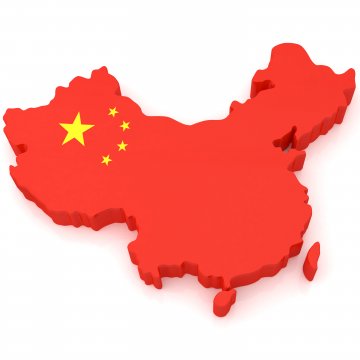
Although China has yet to fulfill its “phase one” promises of mammoth purchases of U.S. farm exports, “the fact is, they need us,” said Agriculture Secretary Tom Vilsack during a digital news conference. He added that, with China back in the U.S. market, commodity prices are high enough that, “I’m not sure there’s necessarily a need for any trade-related assistance [to farmers] at this point.”
China is the world’s largest agriculture importer and the United States is the leading exporter. The nations have yet to resolve the trade war started by President Trump in 2018 with the goal of structural change in Chinese trade policies. The Biden administration is reviewing the Sino-U.S. relationship. After meeting his Chinese counterparts in Anchorage, Secretary of State Antony Blinken said there are “a number of areas where we are fundamentally at odds.”
The mood in farm country is more sanguine, boosted by a commodity rally that started last summer. Farmers are expected to expand corn and soybean plantings by 5% this spring from last year’s 173.9 million acres. The USDA forecasts China will regain its spot as the No. 1 customer for U.S. farm exports this year. It bought $850 million worth of American corn in the same week that ended with the acrimonious Alaska meeting.
“We obviously have a trading relationship that’s important to U.S. agriculture,” said Vilsack to reporters on Friday. “The fact is, they need us. They may not like that. They may not want to have to acknowledge that but at the end of the day, they can’t grow enough, unlike the United States, to feed their own people. They need the import of food and they can’t necessarily import it from other sources without including the United States. I think there’s still work to be done on it, the relationship.”
The U.S. share of China’s food and agricultural imports is around 15% at present, down from 25% before the trade war, said Vilsack. “It’s incumbent upon us to continue to … continue to press their responsibilities under ‘phase one.’”
China imported $8.7 billion of U.S. food, agricultural, and seafood products during January and February, 77% of the volume needed under traditional trade flows to meet this year’s target of $43.6 billion, said the Peterson Institute for International Economics, based on Chinese and U.S. data. In 2020, China imported roughly two-thirds of its “phase one” goal of $36.6 billion worth of food and ag exports.
The USDA forecasts record ag exports of $31.5 billion to China this fiscal year. If the estimate proves true, China would generate $1 of every $5 in U.S. farm exports. Around 20¢ of each $1 in farm receipts come from exports. During fiscal 2019, when the trade war bit the hardest, U.S. ag exports fell 6%.
The Biden administration has conversations ongoing with Mexico over farm trade disputes, such as its intention to phase out imports of genetically modified corn for human consumption. Mexico is the No. 1 market for U.S. corn exports, predominantly for livestock feed. U.S. farm groups say the scope of the decree is vague “and has the potential to negatively impact a significant portion of U.S. agricultural exports.”
“Issues are being raised and there is a process under the USMCA [the tri-nation free trade agreement] for raising these issues and having these conversations,” said Vilsack. “There are processes that could potentially be used, but we’re not anywhere near there yet; we’re just having these conversations.” Vilsack said the USDA and the U.S. trade representative’s office were involved in the discussions.
Mexico is expected to be the third-largest export customer this year, behind China and Canada. It is the the largest source of U.S. food and ag imports, at $29 billion a year.








 User Center
User Center My Training Class
My Training Class Feedback
Feedback












Comments
Something to say?
Log in or Sign up for free